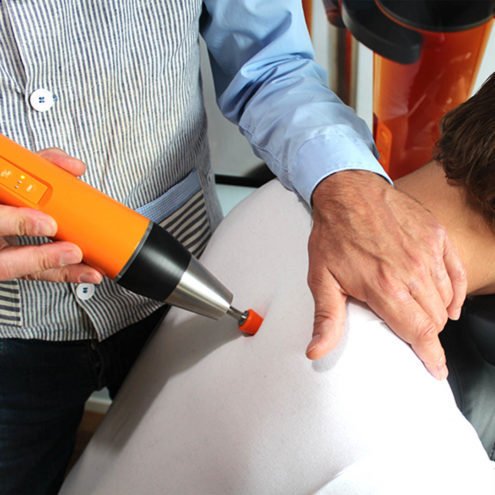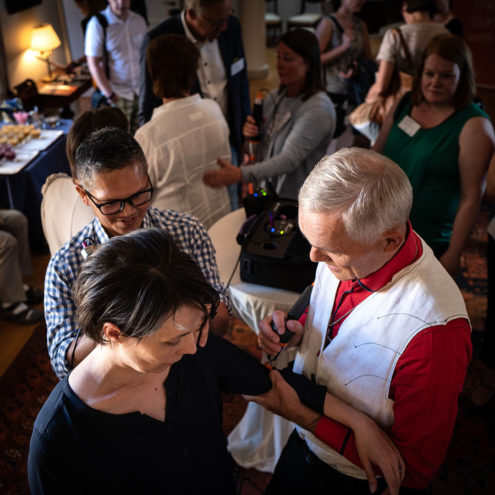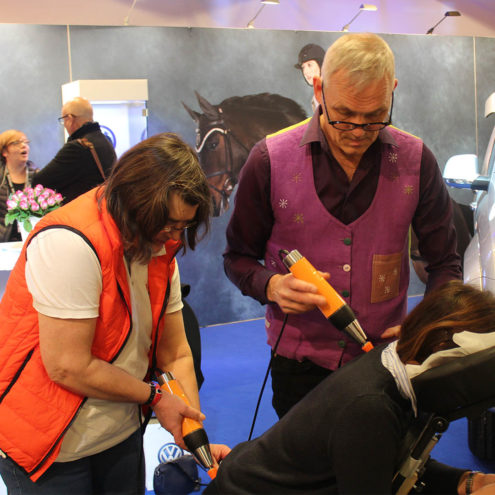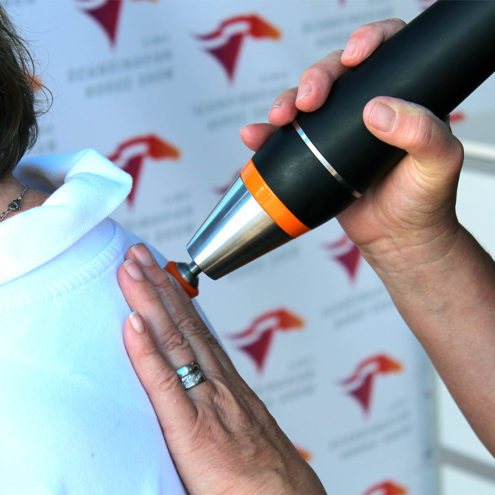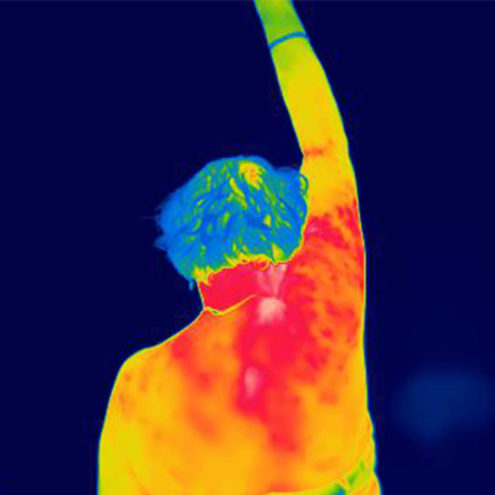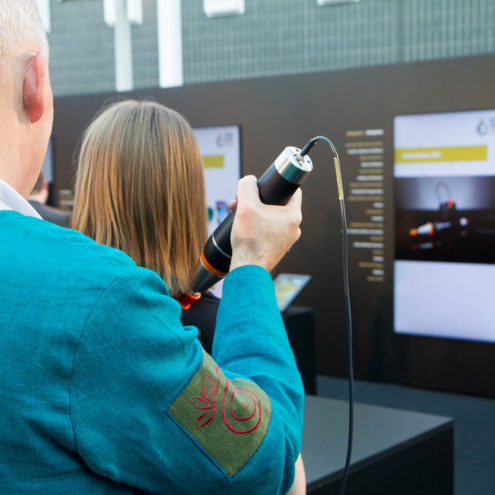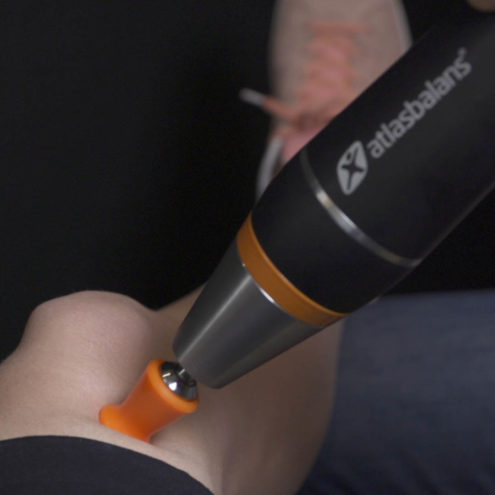Gout in the foot
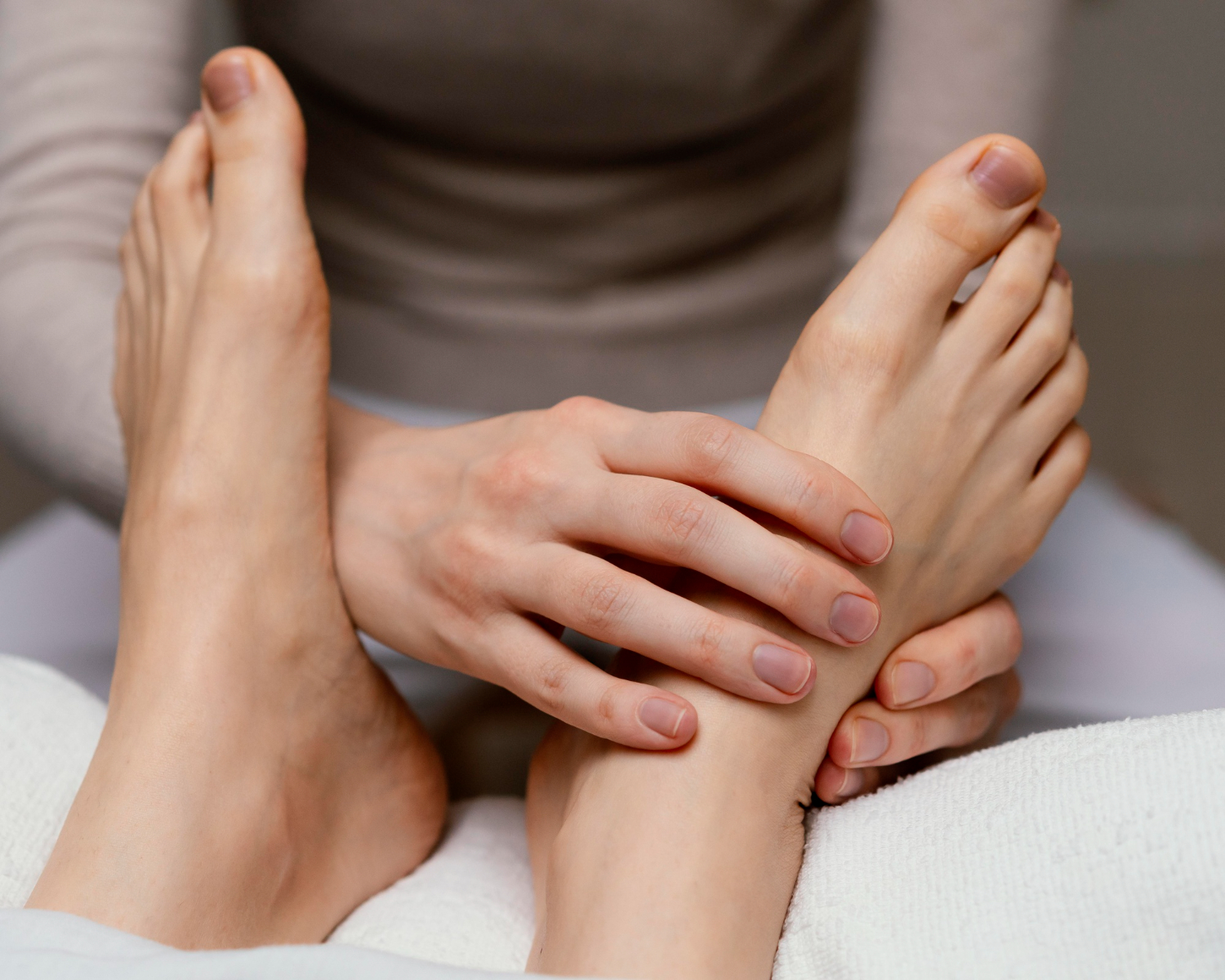
Gout (arthritis urica) is the most common inflammatory joint disease (arthritis) in our society. The disease is more common in men. The rising prevalence of gout is partly due to changes in lifestyle and increased prevalence of high body weight. Gout can be very painful and have a major impact on daily activities and working life. Many people with gout are rarely informed about how lifestyle factors can affect their disease.
What is gout of the foot?
Definition and basic understanding
Gout is a form of arthritis (joint inflammation) caused by increasing levels of uric acid in the blood. Uric acid is very difficult to dissolve and can crystallize and lodge in joints, tendons or other surrounding tissues. This can lead to sudden, intense pain, swelling and redness. It most often affects the big toe, hence the name ‘portal toe’, but other joints in the foot can also be affected.
How uric acid crystals affect the foot
Uric acid is a by-product formed when the body breaks down purines, which are found in certain foods and drinks. When uric acid cannot be excreted quickly enough by the kidneys, it can accumulate and form sharp, needle-like crystals in and around the joints in the foot. These crystals irritate the surrounding tissues and cause inflammation and pain, which is typical of a gout attack.
Why do you get gout in the foot?
Lifestyle factors and diet
There are several lifestyle factors that can influence the risk of developing gout. For example, high body weight, whether caused by obesity or muscle mass, can lead to high levels of urate in the blood. It is important to note that people who are overweight often have several factors that can increase the risk of gout, such as insulin resistance and hyperlipidemia. In addition, it should be noted that short-term muscle work increases blood uric acid levels, while regular moderate exercise lowers them.
Reducing alcohol consumption can also be an important factor. The breakdown of alcohol produces, among other things, lactate, which inhibits the excretion of uric acid from the kidneys. Consumption of purine-rich foods can increase uric acid levels in the blood.
Genetic predispositions and other risk factors
Gout can also have genetic causes. A family history of gout significantly increases the risk of developing the disease. In recent years, several genetic variations have been found to increase uric acid in the blood. These gene variations may also partially explain the large differences in the prevalence of gout around the world. Other risk factors include high blood pressure, chronic kidney disease and certain medicines that can affect the body’s ability to excrete uric acid.
Symptoms of gout in the foot
Early signs and symptoms
The first signs of gout in the foot often include a sudden, burning pain in the big toe, which appears during the night. Swelling, redness and warmth over the affected area are also common early indicators.
How symptoms develop over time
Without treatment, attacks can become more frequent and painful, potentially leading to long-term damage to joints and surrounding tissue. Chronic gout can also result in the formation of ‘gouty nodules’, known as tofi. These are made up of uric acid crystals and can be seen under the skin as small hard nodules.
Diagnosis of gout of the foot
Common methods for diagnosing gout
The diagnosis of gout is often made through a combination of careful review of the individual’s history, physical examination and blood tests to measure uric acid levels. Sometimes a synovial fluid analysis may be necessary to identify uric acid crystals directly.
The importance of early detection and treatment
Early diagnosis and treatment are important to reduce the risk of complications and to manage pain effectively. If left untreated, it can lead to more serious problems in the form of chronic gout with damage to bones, joints and cartilage. Chronic gout can also lead to the formation of ‘gouty nodules’, or tofi. These consist of accumulations of uric acid crystals and are often localized around the outer ear, elbow bursa, Achilles tendon or fingers. Trophies can cause painful and difficult-to-heal ulcers and impaired function. Another serious complication that untreated gout can cause is kidney stones and other damage to the kidneys.
How we can help you
At FasciaClinics, we specialize in seeing and treating the body from a holistic perspective. We perform fascia treatments, a highly effective treatment method that focuses on treating and maintaining the fascia in our body. The fascia is the network of connective tissue that binds and permeates everything in our body. All cells, tissues (even bone tissue), muscles and organs contain fascia. Fascia is also very rich in free pain receptors, known as nociceptors, which respond to stimuli such as pressure and send signals to the central nervous system where they are interpreted as pain.
Fascia treatment focuses on releasing tension and adhesions in the fascia and increasing its flow. Reduced pressure and increased circulation allow cell membranes to more easily absorb nutrients and release waste products. Fascia treatment can lead to improved mobility of the affected joint with less pain and improved self-healing.
During a visit, we analyze the whole body to see where compensations and imbalances are and how they have spread. If there is an imbalance in the body, there is a risk that it will spread and affect other structures. These imbalances may have arisen in several different ways. For example, if the pelvis is uneven, not only will the mechanical load on the feet be different but also nerve signals and circulation will be different. This is why it is very important to seek help quickly as soon as you get any symptoms.
Preventive measures against gout
Diet and lifestyle changes
Adjusting the diet to reduce the intake of foods high in purines and alcohol can significantly reduce the risk of gout attacks. Maintaining a healthy weight and regular exercise can also help control uric acid levels.
Medical Preventive Treatments
For those with frequent or severe gout attacks, long-term medication to help lower the body’s uric acid levels or improve the excretion of uric acid may be necessary. These treatments can help prevent future attacks and protect the joints from further damage.
 Search
Search










